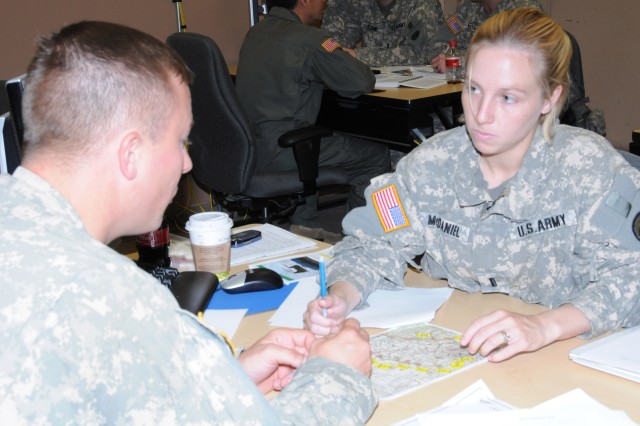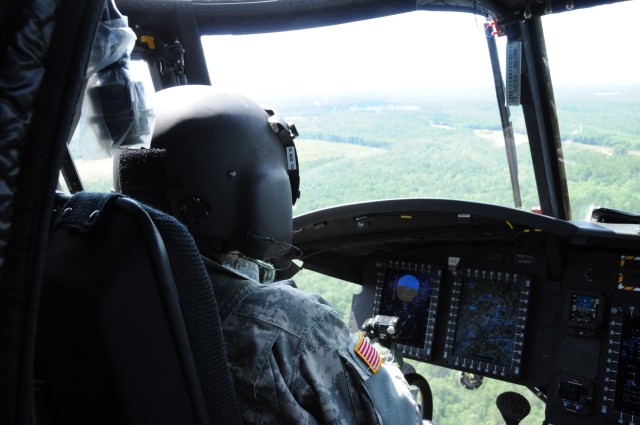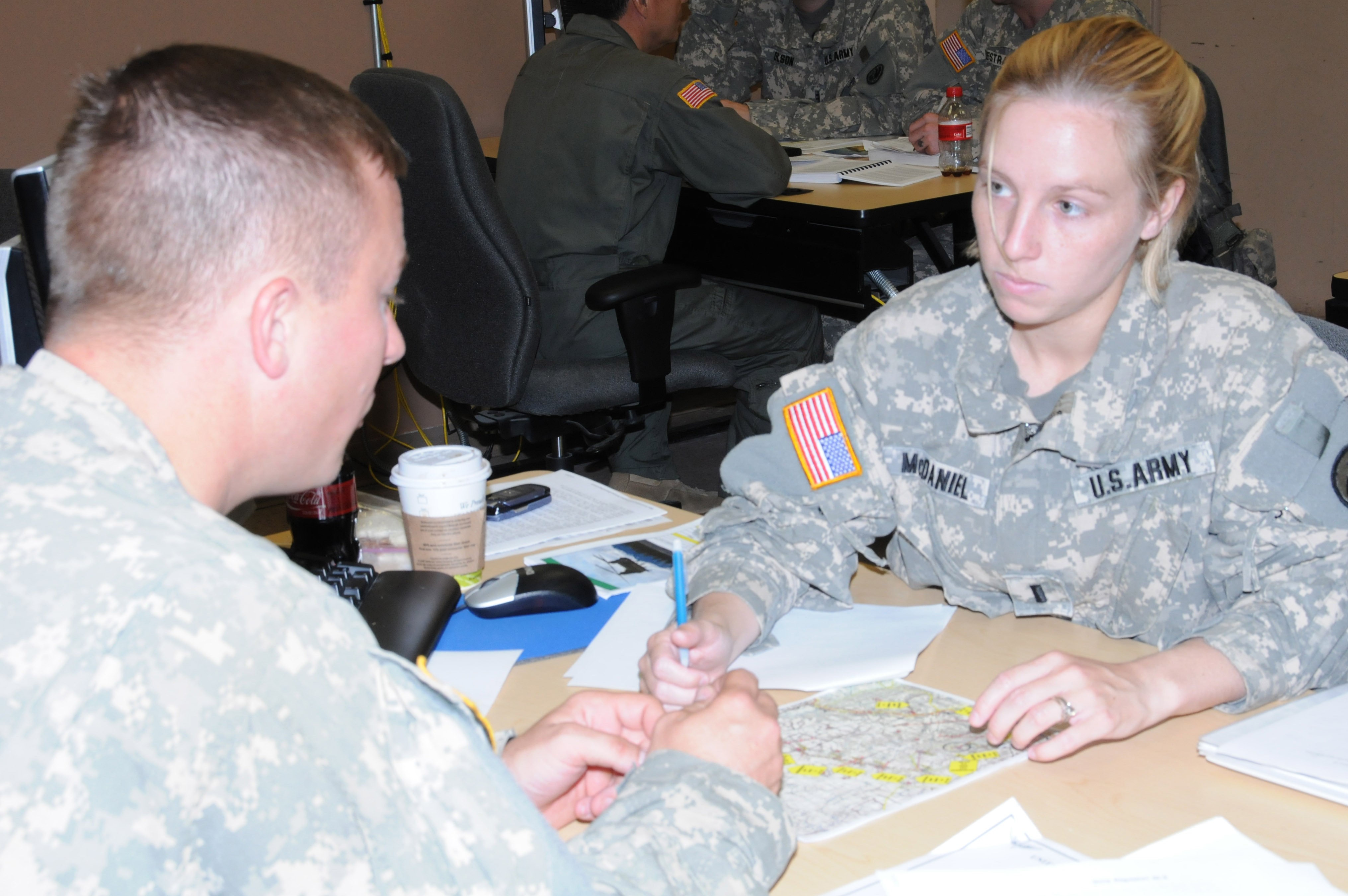FORT RUCKER, Ala. -- Knox Army Heliport is now home to three new CH-47F Chinooks.
Instructors have been training student-pilots on the new models since last summer.
CH-47F and older D models have several differences, Chinook instructor-pilot CW3 Kit Parkin said.
The greatest advancement is the new Common Avionics Architecture System, he said. D models employ mechanical gauges and individual radio control heads. The new models feature multifunction displays, similar to television screens; control display units, which are keyboards to input data; a 1553 Bus, which links all the radios; and Embedded Global Positioning and Inertial Navigation systems.
"Basically, CAAS is a computer system pilots manage and monitor throughout flight," Parkin said.
F models are also capable of "coupled flight," which means, he explained, that with proper programming, the aircraft can "fly itself." Capabilities include taking off from hovers and flying entire routes and approaches to desired altitudes and airspeeds, all without manual input.
Equipping pilots to fly in F models better sustains missions in Afghanistan, he noted, since Chinooks have the ability to fly at higher altitudes than any of the Army's other aircraft.
"What I like best about the F model is the amount of situational awareness it provides," Parkin said, noting the new MFDs provide a plethora of relevant information that take the "guesswork" out of flying.
Other changes include the aircraft color - older models are a dark olive color, while the F models are much lighter - said CW4 Sam Baker, B Company, 1st Battalion, 223rd Aviation Regiment executive officer. The new Chinooks also contain more aircraft survival equipment, and pilots can create computerized flight plans and upload them to their aircraft via small cards, Baker said.
The F model course takes about 89 days to complete, just slightly longer than the D models, Parkin added. Only about 36 students participate in the F model course this fiscal year.
Knox Army Heliport has three F models, and leaders eventually intend to switch to a fleet entirely comprised of the new aircraft, but haven't set a transition date, Capt. Adam Bock, B Co., 1st Bn., 223rd Avn. Regt. commander, said.
Both D and F models are presently utilized overseas, but the latter are the Army's future, he said.
"Over the next few years, the Army is transitioning the cargo lift airframe to the all-glass cockpit of the F model. Currently, four Combat Aviation Brigades are using the F model airframe in theater. We have discovered the advancements in capabilities have provided Aviators with critical information to make successful and timely decisions in combat action that has saved lives and improved the execution of our missions," Bock said.




Social Sharing